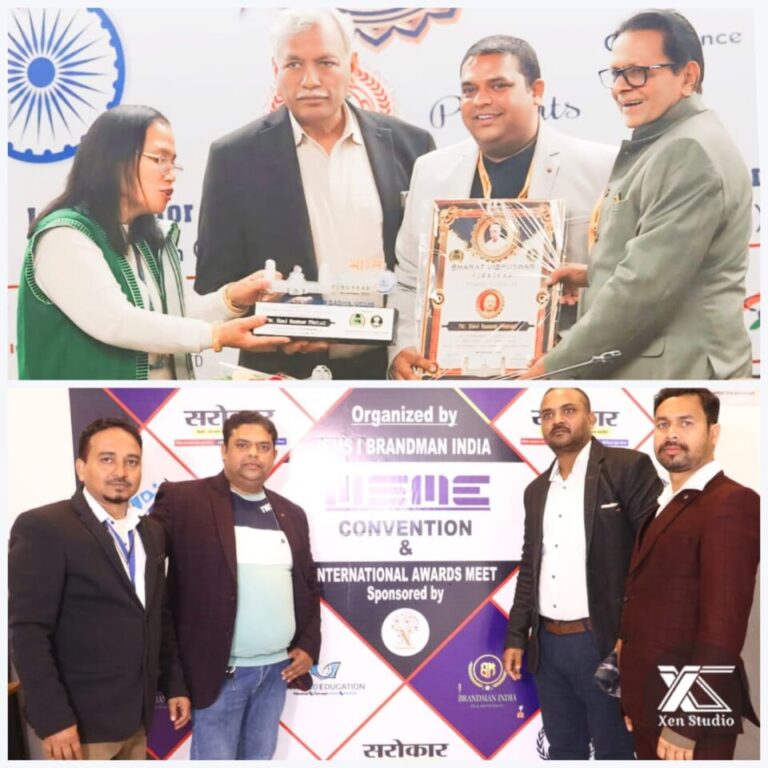In the modern developing world, technology is playing important role in addressing the global challenges. From biodiversity to the climate change technology is giving unpredictable opportunities. Anita Arjundas, Executive Director of The Ashoka Trust for Research in Ecology and Environment (ATREE) these technological terms should not come in between forest communities.
Anita highlights a fundamental tension in contemporary conservation efforts. On the other hand, technology Is providing tools to preserve the biodiversity. Which includes monitoring of wild life, Populations, forest and environmental degradation. Arjundas warns the impact on forest communities. Those who have lived in harmony with the generation of nature. “Technology is double -edged Sword,” she said. “While it offers solutions for Biodiversity conservation.” Badly managed technological interventions can have many unplanned effects such as disruption that are meted on indigenous populations, disruption of traditional ways of making a living, or even erosion of cultural heritage.
The leadership of Arjundas at ATREE promotes all-inclusive conservation. This means merging these new methods with the knowledge and practices possessed by forest communities. For biodiversity conservation purposes, traditional ecological knowledge is important. These communities have a deep understanding of species behaviour, seasonal changes and ecological interactions in their local environments. Combining this indigenous knowledge together with modern technology can lead to more sustainable conservation efforts.
Participatory conservation is one of the main principles that Arjundas says. This includes active involvement of forest communities in planning and implementing conservation projects. “Communities should not be beneficiaries but active partners” she says. It respects the rights and knowledge of indigenous peoples while also ensuring that the measures for conserving nature are culturally suitable and capable. The technology should be leveraged to empower the communities. Access to Modern tools and training to use the tools which would help in conversation and to know capacity to monitor and to protect their environment.
In conclusion, combination this indigenous Knowledge together with modern technology can lead to more sustainable conservation efforts. can achieve a future in which both biodiversity and the rights of forest communities would preserve and uplift. These approach not only safeguards our ecosystem but also cares about our contribution towards nature.
BY-Shilpa Chalke















+ There are no comments
Add yours